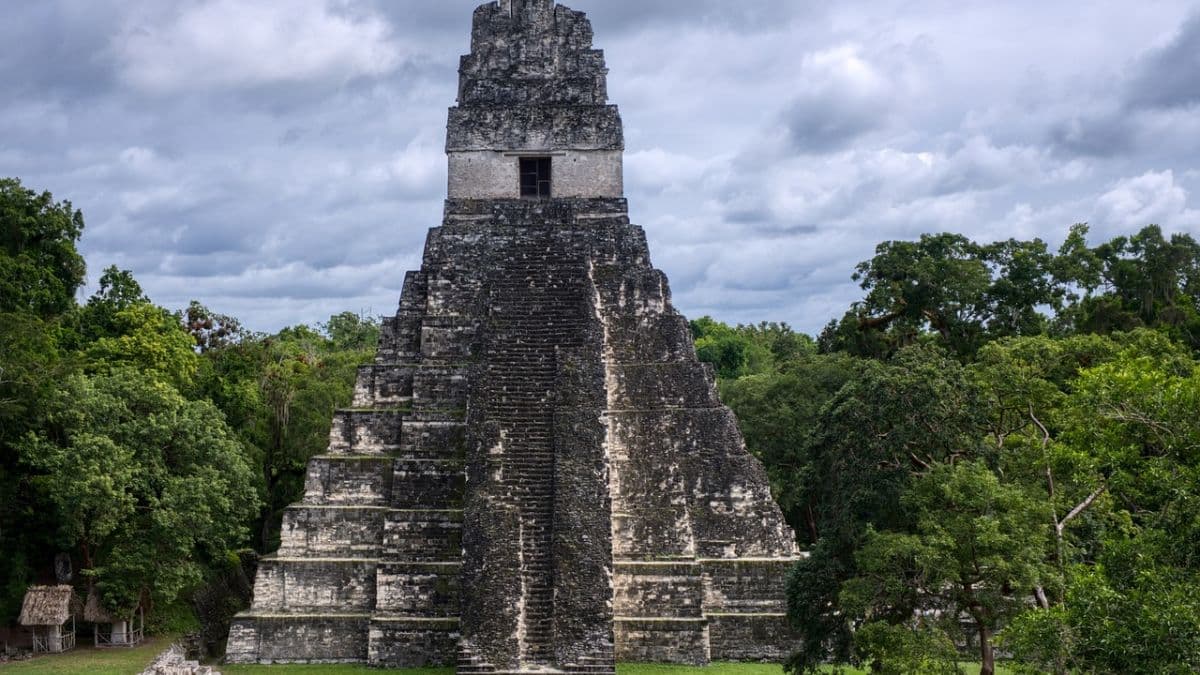Genetic Research Uncovers Causes Behind Maya Civilization’s Collapse

A groundbreaking study has transformed our understanding of the classic Maya civilization’s decline, revealing that the Maya people did not vanish as previously thought. Published in Current Biology, the research analyzed genomes from seven ancient individuals from Copán, a significant Maya city in present-day western Honduras. The findings indicate a remarkable genetic continuity from the Late Archaic period to contemporary Maya populations, shedding light on migration patterns, elite integration, and the lasting legacy of the Maya civilization.
Copán’s Cultural Fusion
The study highlights that Copán was initially settled during the Early Preclassic period, around 1000 BCE, by small farming communities. By the early Classic period, approximately between 300 and 400 CE, the city had evolved into a major center of Maya culture, marked by monumental architecture and intricate inscriptions. A pivotal moment in Copán’s history occurred in 426/427 CE when K’inich Yax K’uk’ Mo’, an outsider, ascended to power, a transition supported by both epigraphic and genomic evidence. Genetic analysis suggests that he and other members of the elite class likely originated from highland Mexican populations, including areas near Chichén Itzá.
Archaeological and historical records have long indicated that elite Maya migrants intermarried with local non-Maya populations to establish the kingdom. The new genetic study corroborates this theory, revealing strong genetic continuity from the Late Archaic era to modern Maya groups. Additionally, the research identified approximately 6% gene flow from highland Mexican populations, suggesting significant regional integration and movement among the elite.
Collapse and Continuity
The DNA analysis from the study indicates that despite a significant population decline in Copán around 750 CE, genetic continuity remained intact. This suggests that local populations persisted even as the elite structures began to collapse. Traditional narratives have often portrayed the Maya collapse as a sudden and mysterious disappearance. However, the findings from this study propose a different perspective, indicating that the Maya did not vanish abruptly. Instead, they adapted, migrated, and redefined their identities in response to changing circumstances.
This new understanding challenges long-held beliefs about the fate of the Maya civilization, emphasizing resilience and continuity rather than disappearance. The genetic evidence underscores the idea that while the societal structures may have shifted, the Maya people continued to exist and evolve, maintaining a connection to their ancestral roots.
The implications of this research extend beyond the historical narrative, offering insights into the complexities of cultural identity and migration. As scholars continue to explore the rich history of the Maya civilization, studies like this one play a crucial role in unraveling the intricate tapestry of human history.
Observer Voice is the one stop site for National, International news, Sports, Editor’s Choice, Art/culture contents, Quotes and much more. We also cover historical contents. Historical contents includes World History, Indian History, and what happened today. The website also covers Entertainment across the India and World.

